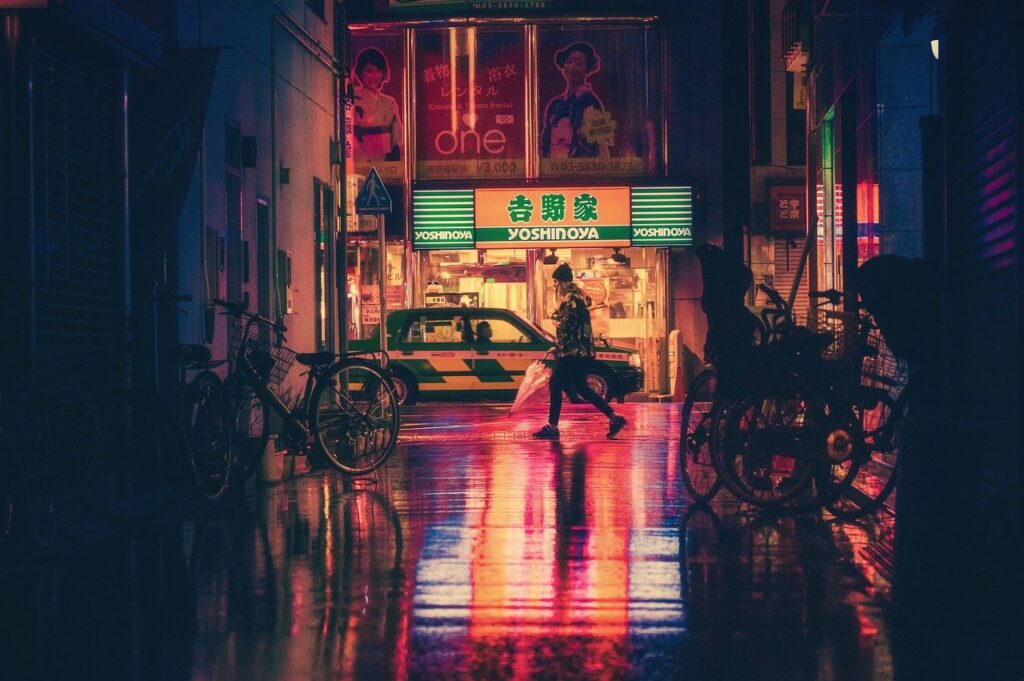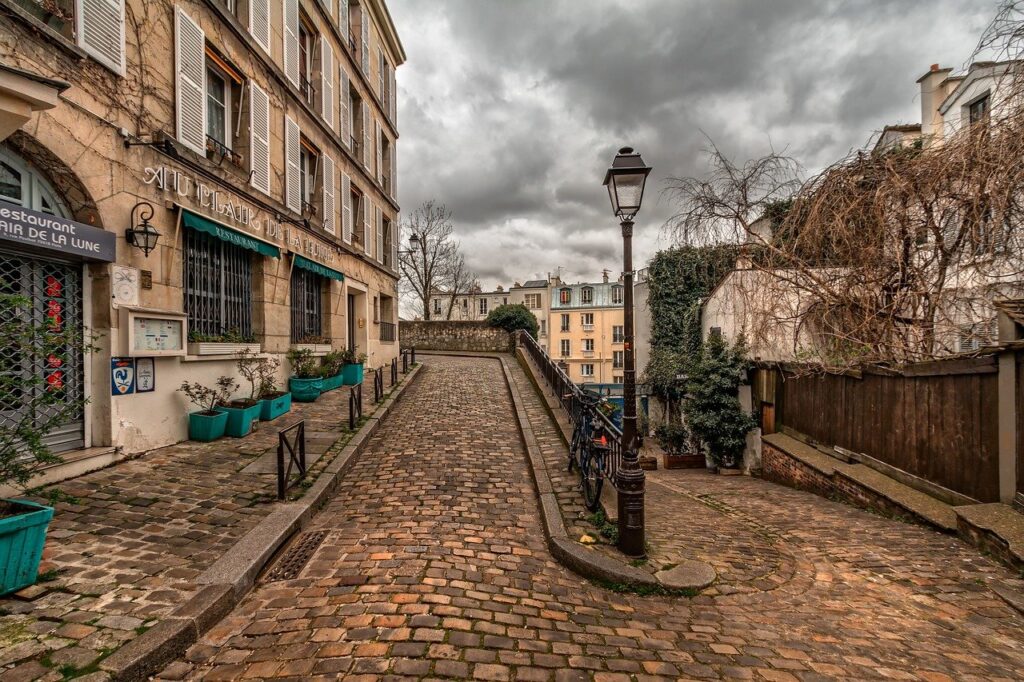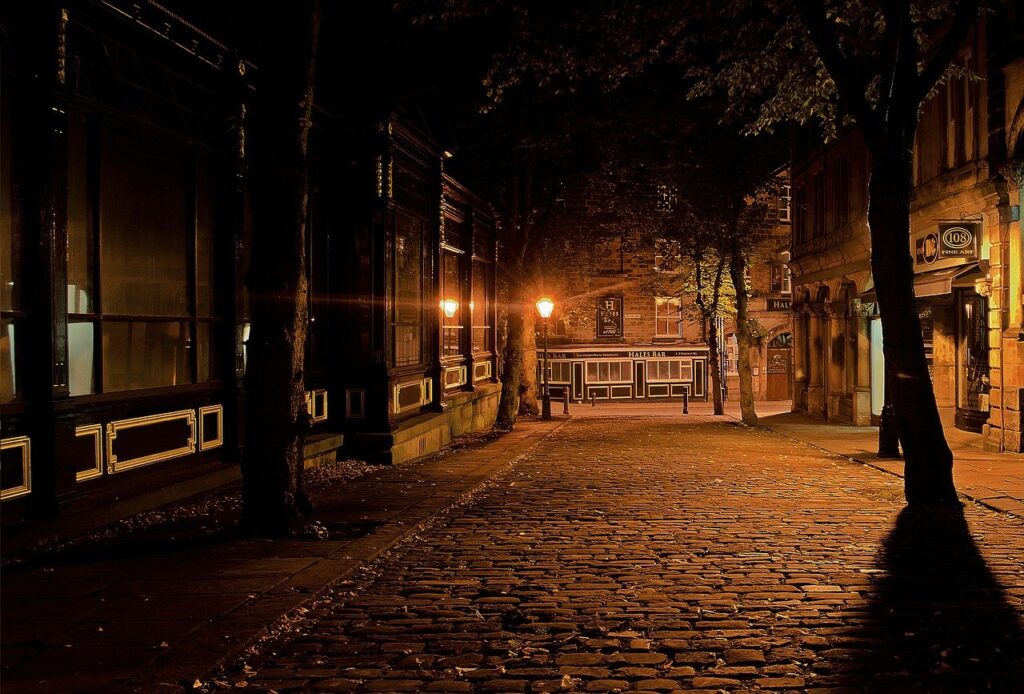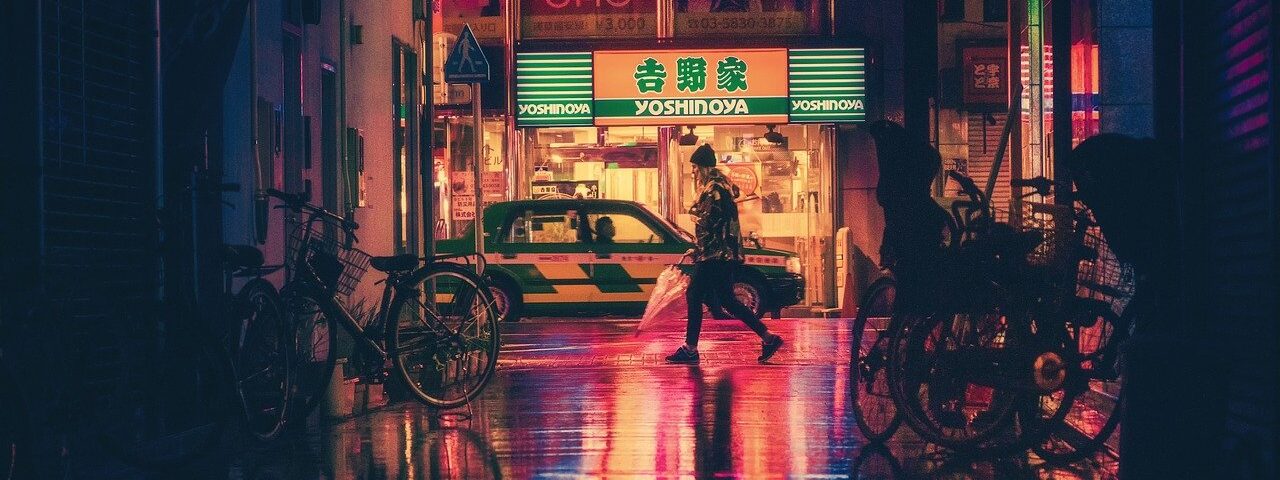Street photography is an excellent genre of photography that reveals the wildness and challenging side of you. But first of all, let’s learn what Street Photography actually is?
Street photography usually refers to photographs clicked on public streets —but not only streets, recreational places like parks, chill vibes like beaches, crowded places like malls, and other political conventions.
Unique street photography often results in potential documentary photography without effortlessness, especially after a few years of experience, but it rarely has an explicit social motive, unlike documentary photography. It’s inclined to be more ironic and distanced from its subject.

Street photography is also called “Candid Photography.” As if you are clicking the world while it’s busy sorting out their lives in such a busy schedule, it almost feels like you are holding a mirror to society. Street photography is a genre that was surprisingly present in the modern era and practically done in black and white photography with grace. Street photography often revolves around a single subject moment, also known as a “decisive moment” or wretched moment.
Let’s accept it. Initiating street photography is nothing like an easy task. For the average photographer, shifting from clicking flowers into clicking people on the streets is like diving into an ocean after swimming in a lake. It is intimidating at first but quite thrilling once you opt for it. After capturing moments on the streets for about three years, here are some tips for somebody (with totally no history in street photography) to get their feet firm.
DON’T BE SHY TO BRING YOUR WIDE-ANGLE LENS INTO ACTION
Street photography is not like the subject you studied in your high school. You don’t take classes and read books on it or examine your topics under a microscope. Instead, this particular genre is about experiencing moments in life, in and out personally, and staying true to yourself. While starting off street photography, you may feel more comfortable using your 70-200 zoom lens to feel less awkward from clicking in the streets. Instead, it will increase much more work than helping. If you use a standard zoom lens, you have to set the focus particularly at somebody, making the person you are trying to capture feel awkward and as if they have been held at gunpoint. Instead, try using a prime wide-angle lens. This will solve two major problems. One, prime wide-angle lenses are easy to handle in locations that might be overcrowded at that point in time and look much less intimidating than the typical zoom lens. Furthermore, you can even capture your subjects without necessarily pointing your camera directly at them by using a wide-angle lens.

GET YOUR HANDS ON A CLOSE FRAME
When I say close, I really mean GET CLOSE. Get so close that when you are clicking pictures of humans on the street, you can observe the sweat dripping from their forehead or the surface of the skin. Using a prime wide-angle lens, you will get the push to get close to your subjects. The benefit of this is that the wide-angle lens will give you a perspective that makes the audience of your images feel as if they are a part of the topic, rather than just an audience looking in. But not only that, but when you are taking photos, they often think that you are taking a picture of something behind them.
NEVER FORGET YOUR CAMERA AT YOUR HOME
You have heard this a lot of times, and you know that you should not leave your camera alone, but you always look for excuses. “It’s too heavy to carry, it’s annoying, it’s a hassle, it’s frustrating.” I’ll tell you what’s frustrating is missing the perfect photo opportunity (the decisive moment) and regretting it for the rest of your life. I have to agree that is a bit dramatic, but it is true. If you always convey your camera with you, you will never miss those vintage Kodak moments. I have captured some very cool pictures at the rarest moments that would have been impossible to click if I didn’t have my camera at the moment.
COME OUT OF YOUR COMFORT BUBBLE
One of the most common concerns some photographers might face is what other people on the streets will think of them or how they will see them. They contemplate going in the light just because they feel nervous about other people’s opinions or terms like a creeper or jobless strangers, despite such thoughts. When you are clicking on the streets, you will most probably be alone. This means the people you are so intimidated that if they are going to judge you, most probably are the people who will never see you again or who don’t even know you. So why let them get in the way?
To build yourself better for your street photographer hobby, try doing something unique in public. Lay on the ground for the time being to capture something and see how other people’s react around you, get up, and simply walk away as nothing happened. Society is filled with false rules that restrain us. Break free, and capturing on streets will become relatively routine.
ALWAYS ASK FOR PERMISSION
Many street photographers have said that the only authentic street photography is capturing the candid moment without any filter. I would personally disagree with this statement. It is good that you have stepped your first foot out of your comfort zone by coming into the actual world to click pictures, but now you will have to move forward another step which is asking for permission. Feel free to go around strangers whom you find quite interesting as your subject, and ask for their approval if you can click a picture of them. It’s a little rude for me to click random strangers without their permission because People love getting their photos clicked, and as long as you show courtesy and be casual about it, most people will accept it. Feel free to ask for permission to take portraits of many boring subjects of everyday life like ordinary, normal human beings with pretty backgrounds.

LOOK FOR JUXTAPOSITION
I think that this is what makes street photography so unique and fascinating compared to other photography genres. Street photographs can convey everyday life’s humor, irony, and beauty by juxtaposing people with others and the environment. Find signs with creative context that seems to be brainstormable to the people standing around. Try to find human heads that can create a dispersion around street lights. Try to find comparing leads, like humans with different heights, body sizes, complexion, etc., to create that Juxtaposition. Capture an ounce of emotions of people, whether it can be happiness, sadness, or curiosity.
JUST GO FOR IT AND NARRATE A STORY
This is the last point of all of becoming a street photographer. Reading all of these tips isn’t going to make you the best street photographer overnight. Photography is not done behind the books but on the streets with a camera in hand. Honestly, all of this obsession over cameras, lenses, and gear doesn’t matter when it comes down to it. Grab your DSLR, point and shoot, iPhone, or whatever, and hit the streets.

